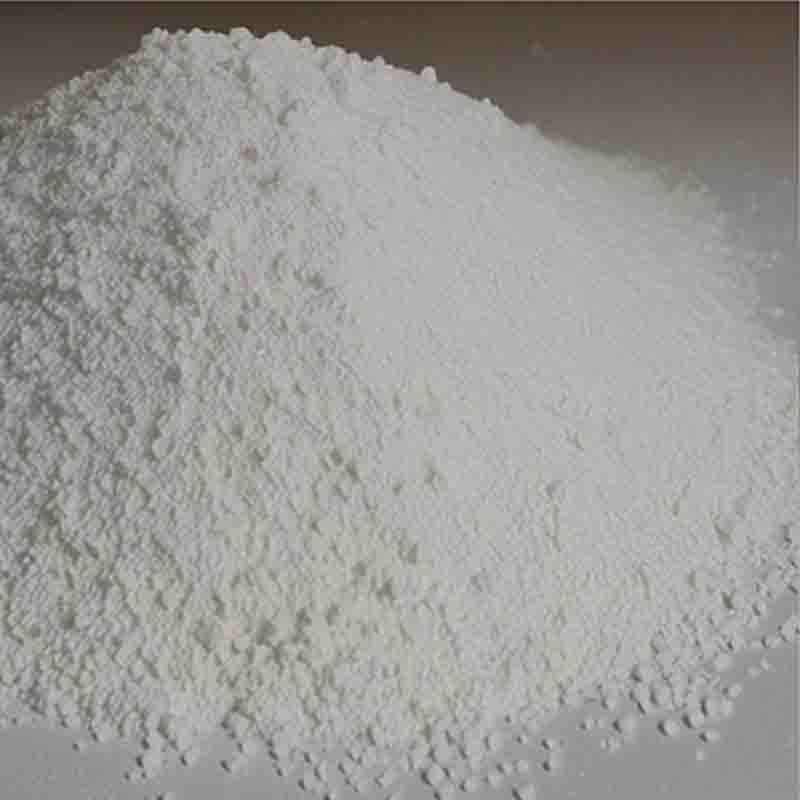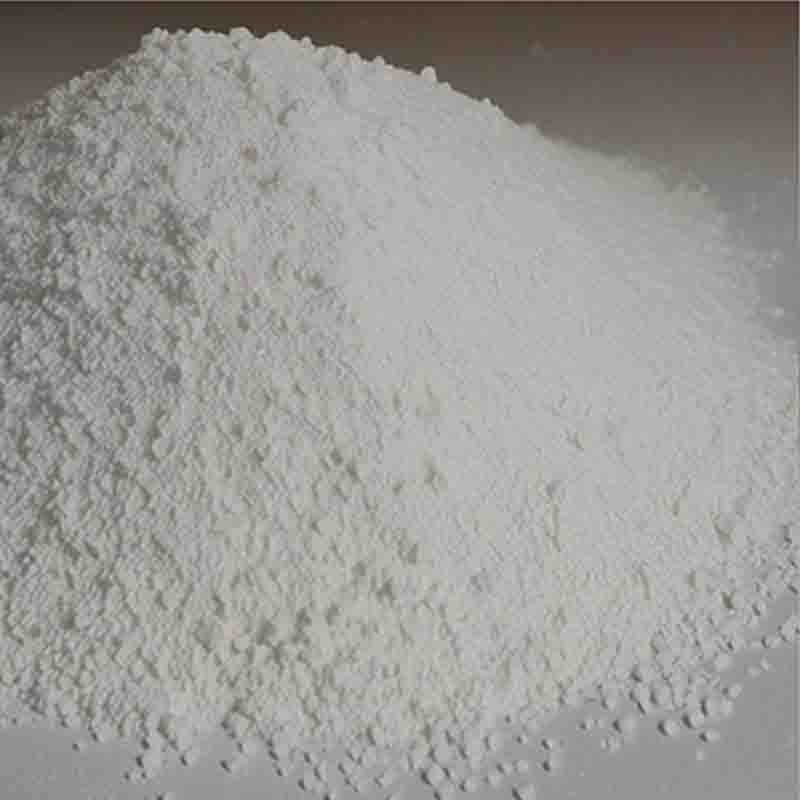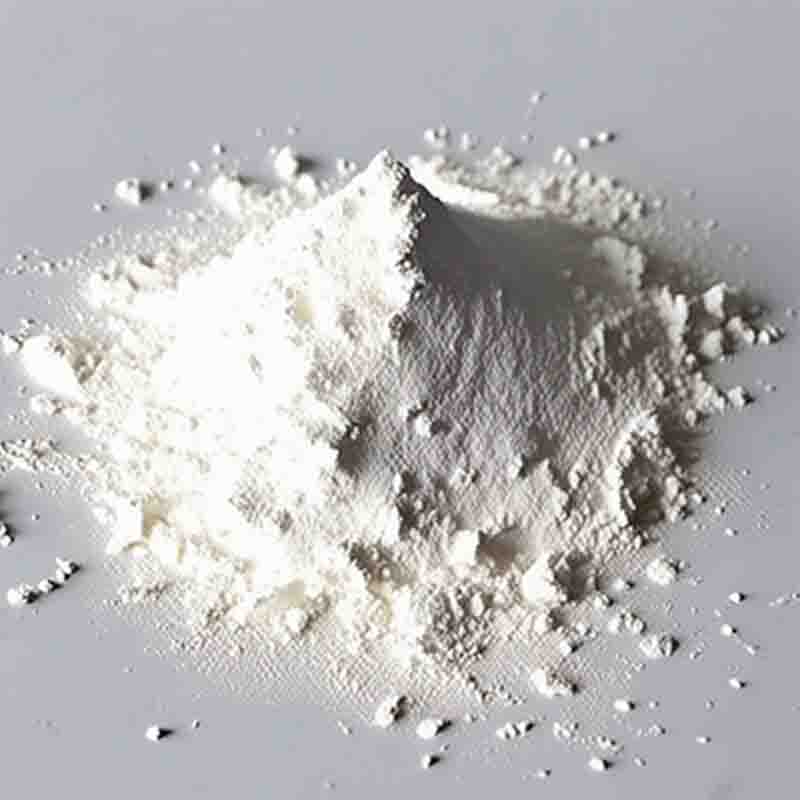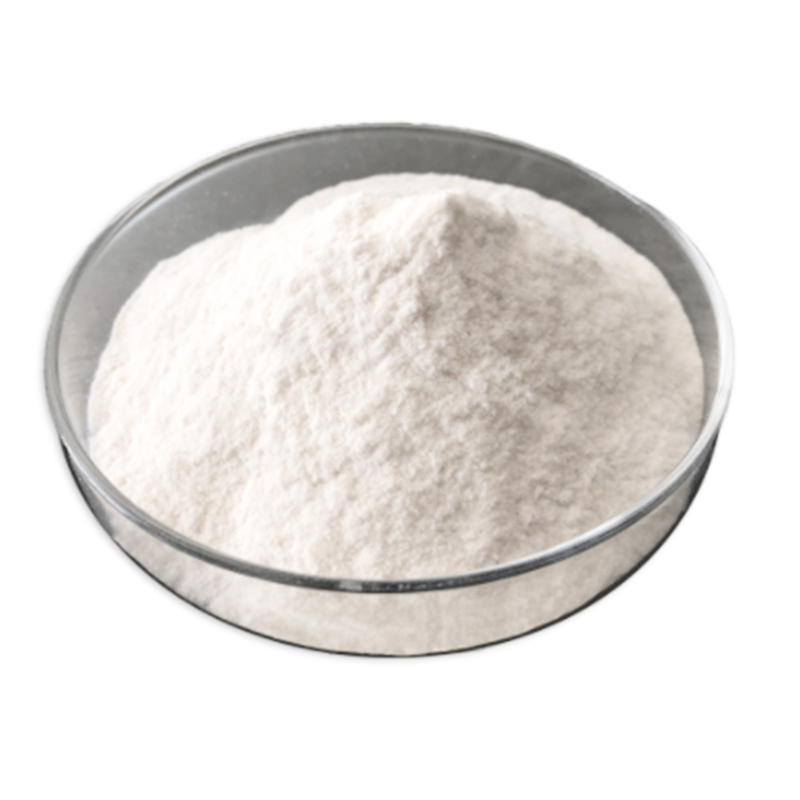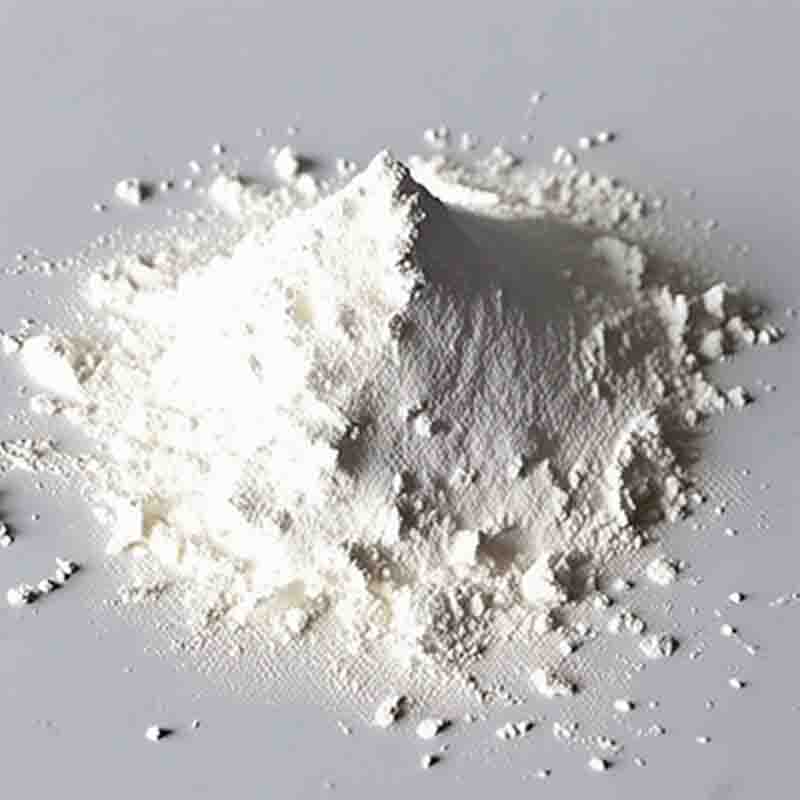Clopidogrel camphorsulfonate CAS: 28783-41-7
| Catalog Number | XD93353 |
| Product Name | Clopidogrel camphorsulfonate |
| CAS | 28783-41-7 |
| Molecular Formula | C26H32ClNO6S2 |
| Molecular Weight | 554.11 |
| Storage Details | Ambient |
Product Specification
| Appearance | White powder |
| Assay | 99% min |
Clopidogrel camphorsulfonate is a pharmaceutical compound with the chemical formula C16H16ClNO2S·C10H16O4S. It is commonly known as Clopidogrel S-oxide camphorsulfonate or Clopidogrel CAMS. This compound is a chiral derivative of clopidogrel, which is a widely used antiplatelet medication.The primary use of Clopidogrel camphorsulfonate is as an active ingredient in the formulation of antiplatelet drugs. It works by inhibiting platelet aggregation, preventing blood clot formation, and reducing the risk of cardiovascular events. The compound specifically targets the P2Y12 receptor on platelets, thereby blocking the activation process and inhibiting platelet aggregation. This mechanism of action makes Clopidogrel camphorsulfonate effective in preventing arterial thrombosis and reducing the incidence of adverse cardiovascular events, including heart attacks and strokes.Clopidogrel camphorsulfonate is generally administered orally in the form of tablets or capsules. Once ingested, it undergoes metabolic conversion in the liver, resulting in the formation of the active metabolite. This active metabolite then irreversibly binds to the P2Y12 receptor, exerting its antiplatelet effects for an extended period. The compound has a relatively long duration of action, requiring once-daily dosing in most cases.In clinical practice, Clopidogrel camphorsulfonate is commonly prescribed for patients with acute coronary syndromes, such as unstable angina and myocardial infarction, or those who have undergone percutaneous coronary intervention (PCI) with stent placement. It is also widely used to prevent the occurrence of thrombotic events in patients with a history of stroke or peripheral artery disease. The use of Clopidogrel camphorsulfonate is often combined with low-dose aspirin to optimize antiplatelet therapy.It is important to note that Clopidogrel camphorsulfonate should only be used under the supervision of a healthcare professional, as it may interact with other medications or have contraindications in certain patient populations. The dosage and duration of treatment may vary depending on the individual's medical condition, and regular monitoring of platelet function and blood tests may be necessary to ensure the optimal therapeutic effect.In summary, Clopidogrel camphorsulfonate is a vital component in the management of cardiovascular diseases, particularly those involving arterial thrombosis. Its antiplatelet properties and selective inhibition of the P2Y12 receptor make it an effective medication for reducing the risk of adverse cardiovascular events. However, as with any pharmaceutical compound, caution should be exercised in its use, and patients should adhere to their healthcare provider's recommendations and guidance.


